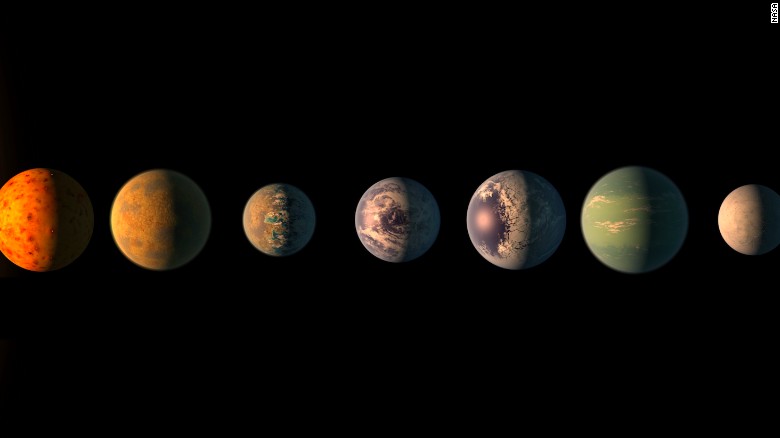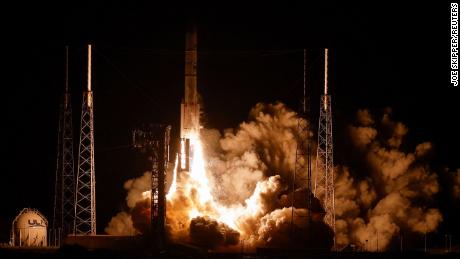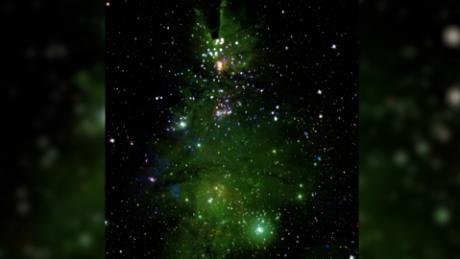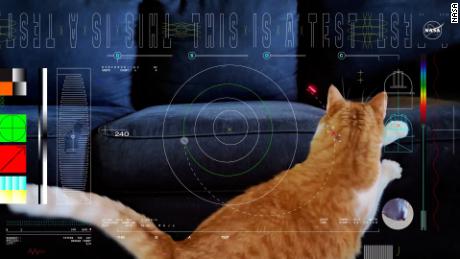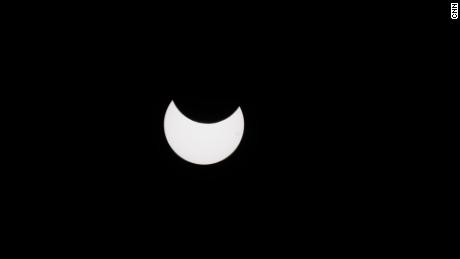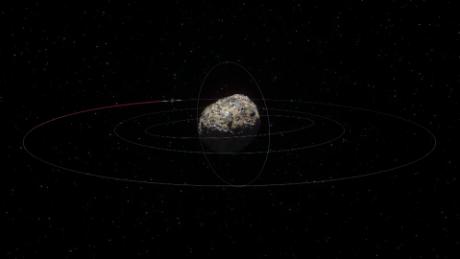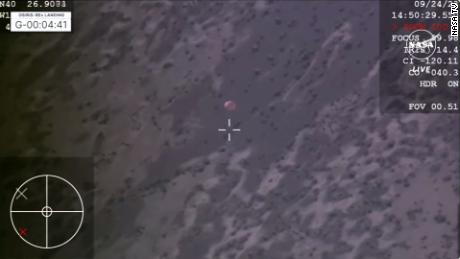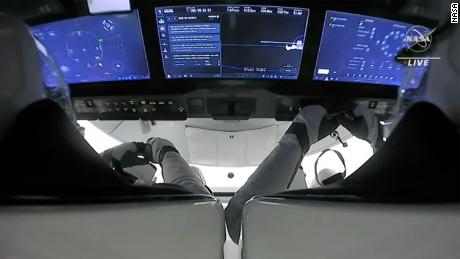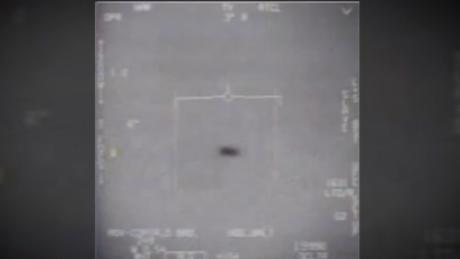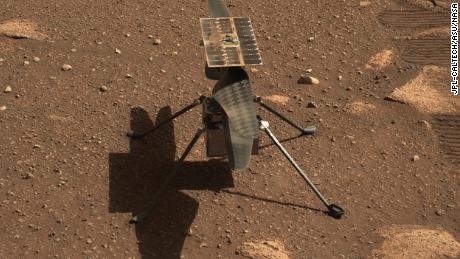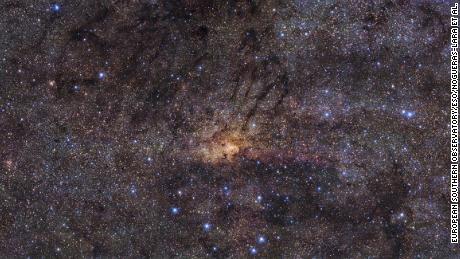(CNN)As human civilization began to flourish on Earth about 5,000 years ago, 1,715 star systems within 326 light-years of Earth could have seen our planet over that time. And over the next 5,000 years, 319 more star systems will be able to see Earth.
If there are exoplanets orbiting these nearby stars, they could witness our planet as it crosses in front of the sun. The observation of a passing of a planet in front of its host star is called a transit, and it's one of the main methods used by astronomers to detect exoplanets using ground- and space-based telescopes. And it's how other life on other planets, if it exists, could observe Earth.
Some of the planets orbiting these stars could be potentially habitable. When planets orbit at a certain distance from their stars, those planets could support liquid water on their surfaces. This distance is referred to by astronomers as the habitable zone.
Over the last hundred years, Earth has also sent out messages revealing the intelligent life it supports in the form of human-made radio waves -- and 75 stars are within 100 light-years, meaning they are close enough for these waves to reach them.
Lisa Kaltenegger, associate professor of astronomy and director of the Carl Sagan Institute at Cornell University, explores the idea of how Earth can be in sight of other planets.
Her previous research, published in October, "explored who could see us right now as a transiting planet -- the same way we search for other worlds," she said.
In her latest research, published Wednesday in the journal Nature, Kaltenegger and astrophysicist Jackie Faherty, a senior scientist at the American Museum of Natural History, wanted to explore the idea of changing vantage points of Earth over time, from the perspective of nearby star systems.
Stars aren't stationary. They move, just like our sun rotates around the center of our galaxy, leaving Kaltenegger to wonder how this "affects who could spot us as the 'aliens.'"
"The universe is dynamic and everything moves," Kaltenegger wrote via email. "Thus, this cosmic front seat to see Earth as a transiting planet, blocking light from the Sun is fleeting. It can be gained and lost. We wanted to know how long stars keep that vantage point and also which stars had it and which stars will get it -- within a 5,000 year timeline. 5,000 years in the past when civilizations started to flourish and within the next 5,000 years, as I am optimistic that we'll figure out how to survive."
The researchers used data from the European Space Agency's Gaia database, a catalog of nearby astronomical objects that are located within about 300 light-years of the our sun. The team wanted to know when stars enter the so-called Earth Transit Zone -- where Earth could be detected via transit -- how long they remain in this zone, and when they exit.
"Gaia has provided us with a precise map of the Milky Way galaxy, allowing us to look backward and forward in time, and to see where stars had been located and where they are going," Faherty said in a statement.
The scientists determined that 2,034 star systems passed through this zone over 10,000 years.
"Our solar neighborhood is a dynamic place where stars enter and exit that perfect vantage point to see Earth transit the Sun at a rapid pace," Faherty said.
Within the star systems at the right distance and vantage point to observe Earth -- in the past, present and future -- seven are known by scientists to host exoplanets. If there is life on these exoplanets and they have the ability to detect other planets the way that astronomers do on Earth, they could determine that Earth can host life.
When a planet crosses in front of its star, the planet's atmosphere is essentially backlit. Earth's atmosphere would reveal it has chemical signatures of life.
The researchers determined that the Ross 128 system, the second-closest system that includes an Earth-size exoplanet orbiting a red dwarf star 11 light-years away, might have seen Earth transit the sun for 2,158 years. The window of their perspective opened about 3,057 years ago and closed 900 years ago.
In the future, the Trappist-1 system, which hosts seven Earth-size planets including four potentially habitable ones, will be within the Earth Transit Zone in 1,642 years. These planets will be able to see Earth for 2,371 years.
About a hundred years ago, humans began creating radio waves.
Just like vehicles, light needs time to travel. So the radio waves humans created early on have only traveled about 100 light-years away from Earth, Kaltenegger said.
"In our list of stars are 75 stars that could have seen or right now see Earth transit the Sun, which also would at the same time have received radio waves from us. And they would know our taste in music, for better or for worse," she said.
As for why we haven't received a signal back, there could be many reasons, Kaltenegger said. One hundred years is a short amount of time on the astronomical time scale, and we increasingly rely less and less on radio as we develop other technologies.
"And any messages -- if they are sent -- are sent with that future technology that we can't find yet," she said.
When NASA's James Webb Space Telescope launches in October, it will be used to peer into the atmospheres of exoplanets, and astronomers can use that data to help characterize the atmospheres of exoplanets.
The enduring search for exoplanets has rarely explored the ecliptic plane, or the plane of the Earth's orbit around the sun, of the Milky Way galaxy because it's so crowded with stars, which makes it harder to spot planets, Kaltenegger said.
"But with this new list and the added motivation that these are the star systems which could have spotted us already, that changes," she said. "Our research provides the best target list for the search for extraterrestrial intelligence."
Kaltenegger is on the science team for NASA's planet-hunting TESS mission, which launched in 2018 and searches for exoplanets orbiting nearby stars. The Transiting Exoplanet Survey Satellite began looking for rocky exoplanets in this region in April, and she hopes it will find many more intriguing planets now that they have this star list.
"Once the NASA TESS mission and observers from the ground find new planets around these stars, I want to model them to figure out if they could be like Earth and then ask for (James Webb Space Telescope) time to look at them to find out if there are signs of life in their atmosphere. That would be fascinating, signs of life on a planet that can already have spotted us as well," she said.


